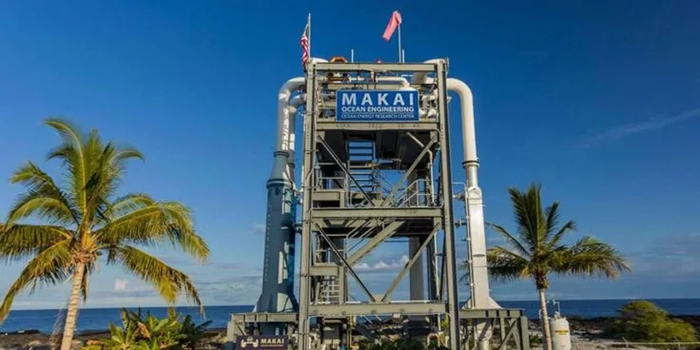The Kapolei battery station on Oahu cost about $500 million to build, but it can power the island for less than an hour.
Oahu has good potential for solar photovoltaic energy, but billions of dollars need to be invested in batteries. Perhaps with the development of this energy sector, this issue will become more cost-effective. But for now it is quite expensive.
Of course, there is potential in the field of ocean energy. Hawaii has great potential, and a number of ocean thermal energy conversion (OTEC) projects are currently being implemented. We are talking about a way to obtain useful energy from the world’s oceans. However, to date, all of these projects cannot be called commercially viable.
Also, the Hawaiian authorities are taking a number of measures aimed at saving energy. For example, in 2023, a decision was made to switch from the use of fluorescent lamps to more efficient LED lamps from January 2025. Previously, Vermont and California adopted a similar law. The islanders claim that the measure will save Hawaii taxpayers nearly $450 million in energy bills by 2050 and eliminate more than 750,000 metric tons of carbon emissions. Hawaii also set efficiency standards for appliances in 2019, and the list of these products is constantly expanding. This is believed to encourage locals to save on expensive electricity.
